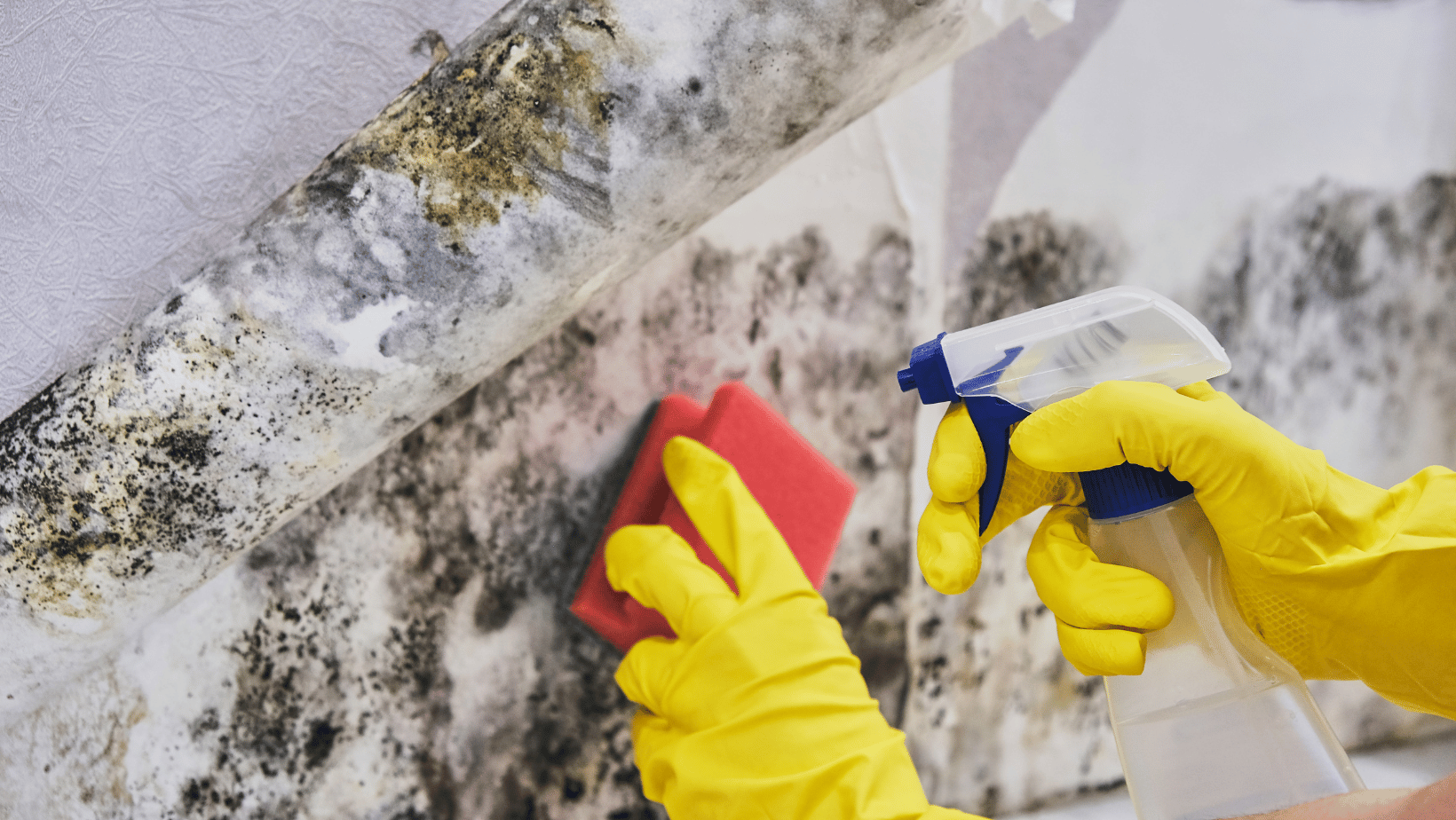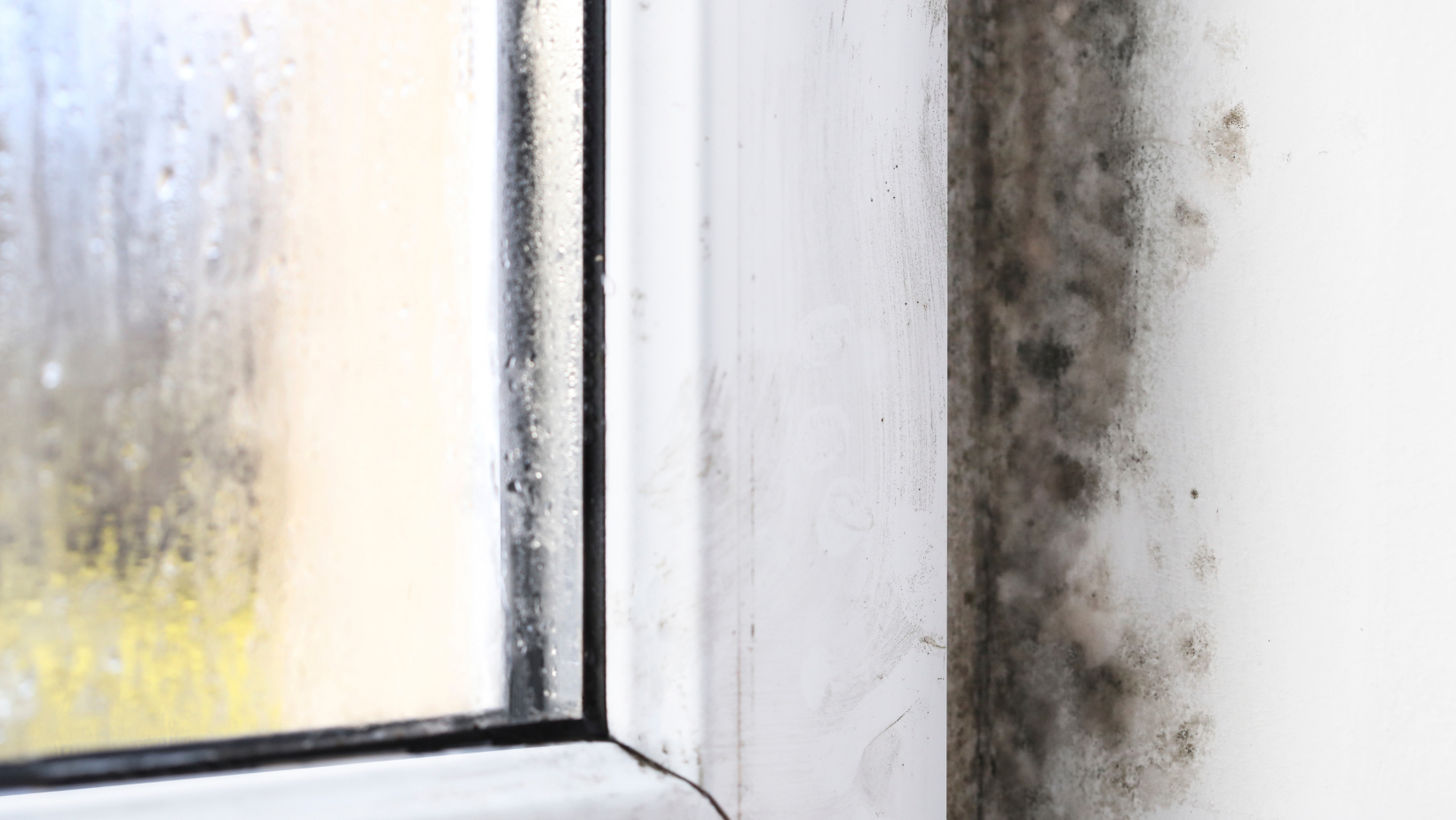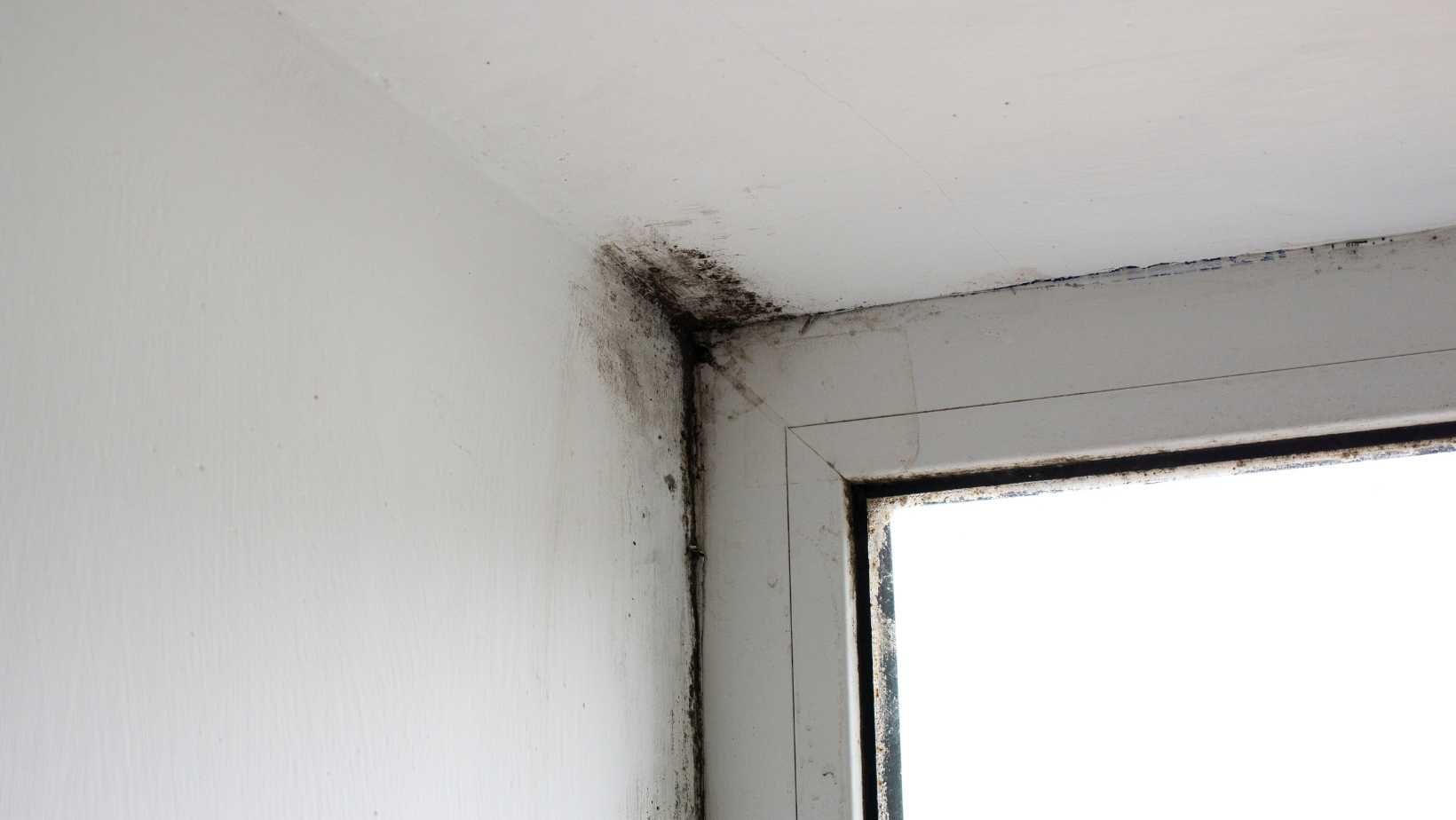Indoor Mold Growth Caused by Ductwork Condensation
The hot and humid Louisiana summers means that your air conditioner has to work overtime to keep your home cool and comfortable. As temperatures warm up and we transition from spring to summer, you might notice water dripping from your ductwork or mold forming on building materials that are covering up ductwork. If that is the case, condensation might be developing at your cold ductwork and causing water damage and mold.
The moisture left behind from sweaty ducts or ductwork condensation can damage building materials, cause mold growth, diminish the efficacy of the HVAC system, and shorten the lifespan of the entire unit. With time, the water droplets from the condensation will saturate the nearby building materials, cause water damage, and create conducive conditions for fungal activity. When Baton Rouge homeowners ignore sweaty ducts, the problem often worsens with time – leaving behind widespread water damage and extensive black mold growth that can make people sick and will require an expensive cleanup.
Why Are My Ducts Sweating?
With the humid, Louisiana climate, moisture from condensation and humidity will always be a battle for local Baton Rouge homeowners. Ductwork condensation or sweaty ducts is often the result of warm, humid air coming into contact with the cold surface of your air condition ducts. Cool air runs through the ductwork in attics and through the vents in the floor or ceiling where it meets warmer, humid air. The sudden and immediate cooling of the water vapors forces the vapors to fall out of suspension and converts the vapors from a gas state to a liquid state, leaving behind water droplets or "sweat" on the cooler surface— this is very similar to the condensation that develops on the outside of the glass of an ice cold beverage.
Occasional water droplets are manageable, easy to dry and not a major cause for concern. HOWEVER, if you are noticing persistent or heavy dripping, leaks or condensation at your ductwork or around your vents – you could have a bigger issue on your hands that requires professional attention.
What Kind of Problems Can Sweaty Ductwork Cause in My Louisiana Home?
Aside from the exposed ductwork in unfinished areas of your Baton Rouge home, most of the ductwork in a building are covered by building materials like insulation and drywall. Unfortunately, that means ductwork issues are often hidden and go unnoticed for an extended period of time – or at least until secondary issues present themselves (i.e: signs of water staining, discoloration, water damage, mold growth, etc.)
The water dripping from sweaty ducts is similar to a slow leak. A few water droplets may appear harmless at first, but over time and one droplet at a time, water the moisture buildup with cause serious issues. With time, moisture from ductwork condensation will collect on porous building components such as wood, drywall, and insulation – leaving Baton Rouge homeowners with issues issues such as non-functional insulation, water damage, weakened structural integrity, and widespread mold development.
- Sweaty Ducts Causes Indoor Mold Development – Mold only needs a little bit of moisture to develop and spread. When dormant fungal spores come into contact with condensation, the spores will germinate, spread and root into the nearby, porous building materials. If heavy condensation on your duct work has left you with water damage and mold growth, you may need professional mold remediation. A local mold remediation professional in Baton Rouge can help.
- Sweating Ducts Leads to Water Damaged Building Materials – It’s difficult to imagine that a few drop of water can leave you with widespread property damage and mold. A few droplets here and there may not cause any harm. However, a lot of droplets over a long period of time can buildup and eventually lead to serious structural concerns. If water condenses and sweats from your ducts and soaks into porous building materials, it can cause expensive water damage if not properly dried and repaired by a water damage restoration professional in Baton Rouge.
- Ineffective Insulation Caused by Moisture Buildup from Sweaty Ducts – Wet insulation do not perform properly and will not adequately insulate the structure. If you insulation gets wet from the ductwork condensation, the integrity of the insulation will be compromised. Water weighs down and compresses the insulation and lowers the R-value (or ability to insulate). Non-functioning insulation can lead to subsequent issues over time.
- Ductwork Condensation Compromises the Building’s Structural Integrity – Most Baton Rouge buildings are constructed with porous building materials like wood and drywall. The structural integrity of any porous building materials will become compromised if persistently exposed to moisture. When moisture builds up in your walls, ceiling and floors, the structural integrity of the materials will be diminished and lead to serious property damage. For example, when condensation collects within your ceiling void or wall voids, the surrounding drywall can rot and collapse over time.
Managing Mold Caused by Ductwork Condensation & Leaky Ducts
Proper mold remediation is the only way to effectively solve a mold problem. If you have an indoor mold problem as a result of sweaty ductwork, you should contact a local mold removal professional in Baton Rouge. A mold cleanup company, such as DryMax, can correctly diagnose the condition and provide you with a mold remediation strategy. DryMax's mold inspectors have extensive experience diagnosing mold-related issues. We examine the full degree of the moisture buildup and mold formation using advanced inspection equipment and technologies. To restore clean and safe conditions, our mold cleanup team uses the safest and most effective mold treatment methods available.
Following remediation, it will be of the utmost importance to address the condensation. If the ducts continue to sweat after cleanup, the mold will inevitably return. It might be necessary to consult a licensed HVAC contractor to determine the best course of action to stop the condensation at the ductwork and air vents.
You might also like
DryMax Mold Blogs




